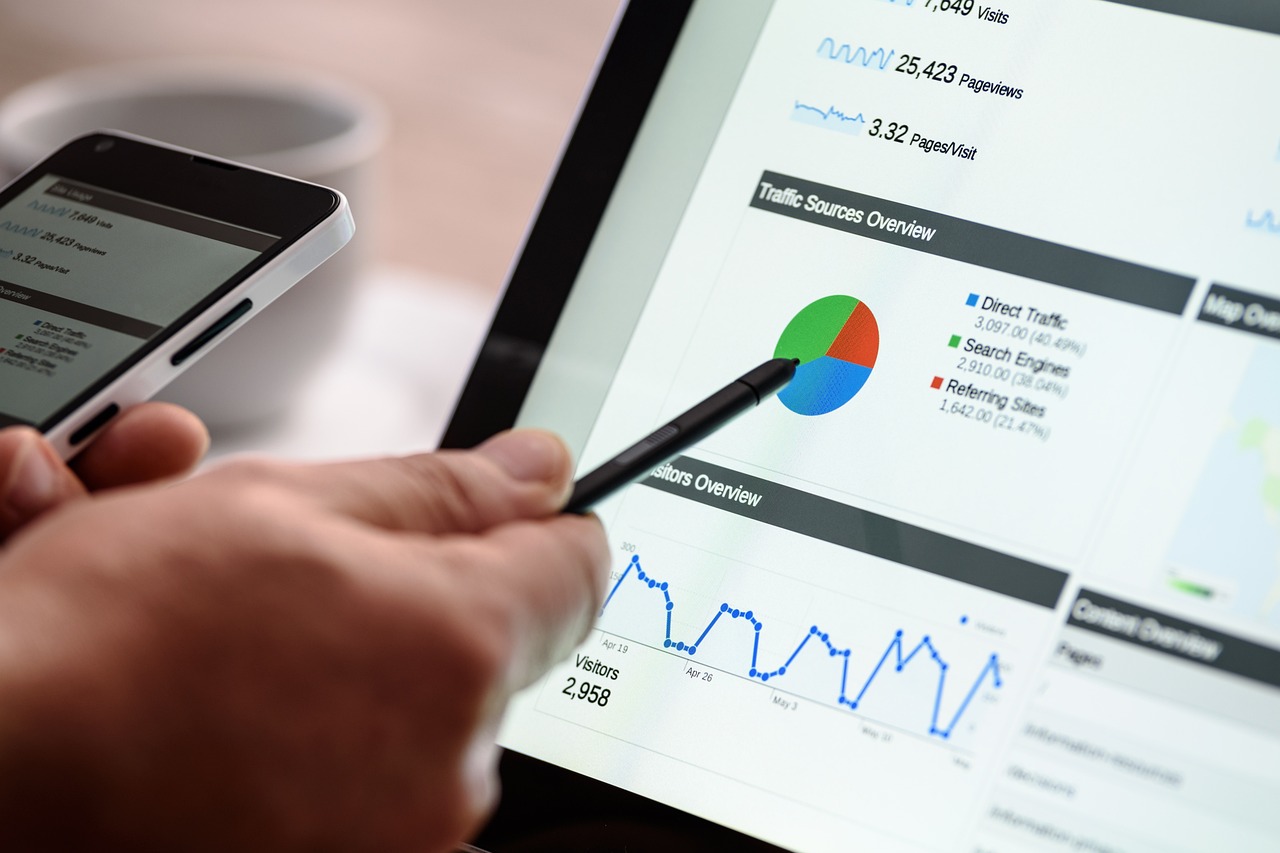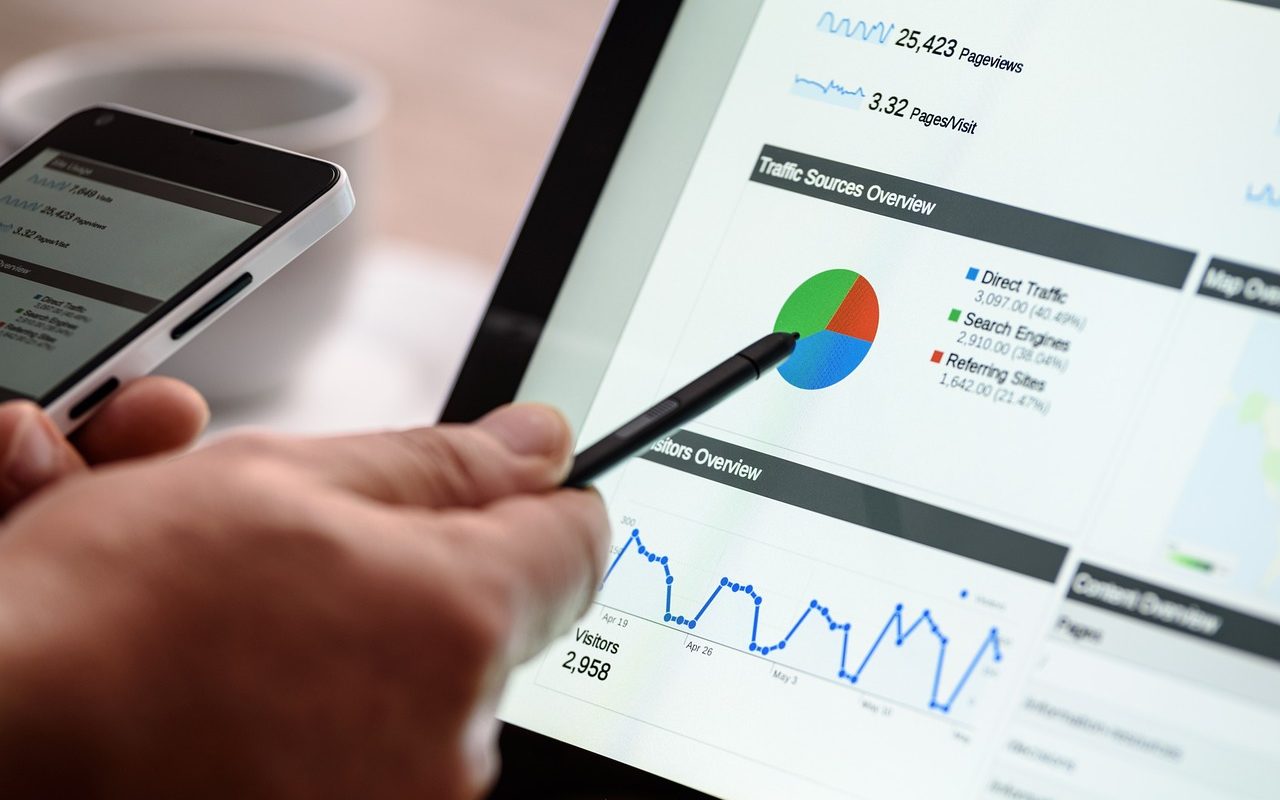As digital advertising continues to evolve at a rapid pace, staying updated with Google Ads trends is crucial for businesses aiming to maintain a competitive edge. This article delves into the key trends shaping Google Ads in 2024, offering valuable insights and actionable strategies for advertisers to optimize their campaigns and achieve better results in this dynamic landscape.

Evolving Ad Formats
Rise of Video and Interactive Ads
Video ads and interactive formats are becoming increasingly essential for capturing audience attention, especially on mobile devices. Successful campaigns have shown that these formats can significantly boost engagement and conversion rates.
For example, Nike’s recent “Just Do It” campaign utilized interactive video ads that allowed users to customize their own sneakers within the ad interface, resulting in a 30% increase in engagement compared to traditional video ads.
Actionable tips for creating compelling video ads:
- Focus on storytelling to create an emotional connection with viewers
- Optimize for mobile with vertical video formats
- Keep videos short (15-30 seconds) to maintain viewer attention
- Incorporate interactive elements like polls or product customization features
| Ad Format | 2023 Popularity | 2024 Popularity | Key Features | Expected Engagement Rates |
| Static Display Ads | High | Moderate | Simple images, text | 0.5-1% |
| Video Ads | High | Very High | Motion, sound, storytelling | 1.5-3% |
| Interactive Ads | Moderate | High | User participation, customization | 2-5% |
| Enhanced Shopping Ads | Moderate | Very High | 3D views, AR integration | 3-7% |
Enhanced Shopping Ads
Google is revolutionizing Shopping Ads with more visual elements, including 3D product views and augmented reality (AR) integrations. These enhancements are set to significantly impact e-commerce by improving user experience and potentially increasing conversion rates.
Best practices for optimizing Shopping Ads:
- Invest in high-quality, multi-angle product images
- Implement dynamic remarketing to show relevant products to past visitors
- Utilize AR features for products where visualization is crucial (e.g., furniture, home decor)
- Regularly update product feeds to ensure accuracy and relevance
| Feature | Traditional Shopping Ads | Enhanced Shopping Ads |
| Visual Elements | 2D images | 3D views, AR integration |
| User Interaction | Limited | High (rotate products, place in space) |
| Conversion Rates | Moderate | Higher (estimated 20-30% increase) |
| Setup Complexity | Low | Moderate to High |
AI and Automation in Google Ads

Smarter Bidding Strategies
AI-powered bidding strategies are becoming increasingly sophisticated, allowing for real-time adjustments based on user behavior and market trends. The google ads ai tool is at the forefront of this revolution, offering advanced capabilities for bid optimization and campaign management. For instance, a major e-commerce platform reported a 15% increase in ROAS after implementing Target ROAS bidding strategy with machine learning optimization powered by the google ads ai tool.
Implementation tips for AI-powered bidding:
- Utilize the google ads ai tool to analyze historical data and predict optimal bids
- Start with a test campaign to compare AI bidding against manual strategies
- Ensure you have adequate conversion data for machine learning to work effectively
- Regularly review and adjust your targets based on business goals and seasonality
- Leverage the insights provided by the google ads ai tool to refine your bidding strategies
| Bidding Strategy | Description | AI Integration Level | Benefits | Potential Drawbacks |
| Manual CPC | Advertiser sets bids manually | None | Full control | Time-consuming, may miss opportunities |
| Enhanced CPC | Google adjusts bids to maximize conversions | Low | Better than manual, easy to implement | Limited optimization |
| Target CPA | Automatically sets bids to achieve target cost per acquisition | High | Optimizes for conversions within budget | Requires stable conversion history |
| Target ROAS | Sets bids to achieve target return on ad spend | Very High | Maximizes revenue within ROAS goals | Complex setup, needs significant data |
Predictive Analytics and Audience Targeting
Predictive analytics is revolutionizing audience targeting, helping advertisers reach the right people at the right time with unprecedented accuracy. The google ads ai tool plays a crucial role in this process, analyzing vast amounts of data to identify patterns and predict user behavior.
Key features of the google ads ai tool for predictive analytics:
- Audience Insights: Provides detailed information about your audience’s interests and behaviors
- Smart Lists: Automatically created lists of users likely to convert, based on AI-driven analysis
- Similar Audiences: Finds new users with characteristics similar to your best customers, using advanced machine learning algorithms
- Predictive Targeting: Identifies users most likely to engage with your ads or convert, based on historical data and real-time signals
| Targeting Method | AI Integration | Predicted Success Rate | Best Use Cases |
| Lookalike Audiences | High | 70-80% | Expanding reach to new, similar users |
| In-Market Segments | Very High | 75-85% | Targeting users actively researching products |
| Custom Intent Audiences | Moderate | 65-75% | Reaching users with specific interests or behaviors |
Privacy and Data Considerations
Impact of Third-Party Cookie Phase-Out
The phase-out of third-party cookies is significantly impacting Google Ads and the broader digital advertising ecosystem. Advertisers need to adapt quickly to maintain effective targeting and measurement capabilities.
Adaptation strategies for a cookieless future:
- Focus on building and leveraging first-party data
- Explore contextual targeting options
- Participate in Google’s Privacy Sandbox initiatives
- Invest in developing strong brand identity and loyalty programs
| Data Strategy | Description | Compliance Level | Implementation Difficulty | Effectiveness |
| First-Party Data | Collected directly from users | High | Moderate | Very High |
| Contextual Targeting | Based on content, not user data | Very High | Low | Moderate to High |
| Privacy Sandbox | Google’s proposed alternative | High | High | To be determined |
| FLoC (or Topics API) | Interest-based cohorts | Moderate to High | Moderate | Potentially High |
Consent Management and User Privacy
With increasing privacy regulations, consent management has become crucial for advertisers. Implementing robust consent management practices not only ensures compliance but also builds trust with users.
Best practices for consent management:
- Implement clear and transparent consent forms
- Provide easy opt-out mechanisms
- Conduct regular privacy audits
- Educate users about data usage and benefits
| Strategy | Description | User Impact | Compliance with Regulations | Implementation Tips |
| Clear Consent Forms | Easily understood permission requests | Positive | High | Use simple language, clearly state data usage |
| Opt-Out Mechanisms | Easy ways for users to withdraw consent | Moderate | Very High | Make visible and accessible on all pages |
| Regular Privacy Audits | Systematic review of data practices | Indirect Positive | High | Conduct quarterly, involve legal team |
| User Education | Informing users about data usage benefits | Positive | Moderate to High | Use blog posts, FAQs, and in-ad information |
Conclusion
As we look ahead to 2024, Google Ads continues to evolve rapidly, offering new opportunities and challenges for advertisers. The google ads ai tool is playing an increasingly central role in this evolution, providing advertisers with powerful capabilities for campaign optimization, audience targeting, and performance prediction. By staying informed about these trends and leveraging tools like the google ads ai tool, businesses can position themselves for success in the ever-changing digital advertising landscape.
Remember, the key to success lies in adaptability and a willingness to experiment with new ad formats, AI-driven strategies, and privacy-centric approaches. Start exploring these trends and tools today to ensure your Google Ads campaigns remain effective and competitive in the years to come.



